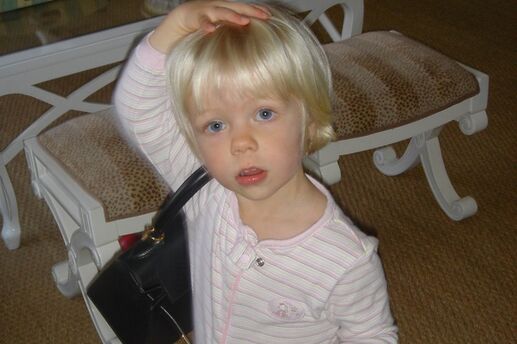Preschooler Development: The First Sleepover
Sleepovers promise oodles of fun: popcorn and movies, whispers in the dark, and pancakes for breakfast. As there’s no official age recommendation when it comes to this big adventure, the best advice is to look for certain child development cues in your tot when considering the first sleepover. Here are the top four first sleepover tips any parent should follow.
Be extra sure
If your child has difficulty separating, such as crying before school or refusing to play at a friend’s house unless you are there, hold off on the first sleepover. Similarly, if she tends to wake up during the night or is prone to bed wetting or nightmares, wait until these issues are resolved before letting her sleep away from home.
No peas (or anything green)
Part of sleeping at a friend’s house is eating at least two meals (dinner and breakfast) with a different family. Some parents may make only tried-and-true kids’ favorites, but other folks may serve something unfamiliar. If your child is unwilling to try new foods, skip the first sleepover for now. Once she’s less picky with her eating, she’ll feel more comfortable spending a night away.
Practice, practice
Before venturing to a friend’s house, do a trial run somewhere very familiar, such as Grandma’s house. Or you could host a few sleepovers in your own home so your tot becomes familiar with them. “Sleepunders” are also a popular way to introduce the sleepover concept: Your child spends the early evening at her friend’s house, has dinner, plays, and watches a movie -- but then heads home. This way, she’ll get to experience all of the fun parts but still sleep in her own bed with Mom and Dad close by.
If at first you don’t succeed…
Be reassuring when your child attempts her first sleepover. Let her know she can call you any time she needs to talk and that you’ll come and pick her up if she really can’t stay the whole night. You certainly won’t be the first mom to collect a child in the middle of the night!
Learning how to spend time away from home helps kids gain confidence. You’ll probably know when your child can successfully try her first sleepover, but if she isn’t ready when her friends are, try not to worry. Eventually she’ll want to stay over with friends all the time, and you’ll miss her!







